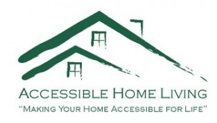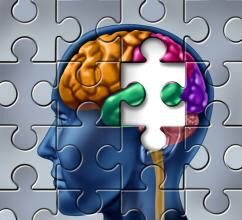A recent article in The Commonwealth Fund blog, “Envisioning a Digital Health Advisor,” raises the question of being able to use smartphone apps to get real-time, accurate and personalized guidance for health concerns. While one can envision the convenience, affordability and peace of mind that would result from their use, such services face a number of hurdles before they become reality. As a result, the “digital revolution” has not yet greatly affected most people’s interactions with the health care system. These challenges fall into two main categories: fiscal/policy and technology. Fiscal and policy issues. In a fee-for-service environment, the only way that healthcare practitioners get paid is to have face-to-face encounters with patients. This creates heavy bias against promoting technologies that streamline non-face-to-face interactions. However, as we move away from that model and more towards value-based care, where global risk-based payments are made to delivery organizations (hospitals, patient centered medical homes, accountable care organizations, etc.), then there is more incentive to use new technologies that reduce unnecessary in-office encounters. In such an environment, face-to-face encounters are actually a cost center, not a profit center, and positive health outcomes of populations are rewarded. We are not yet in a fully value-based environment. Fee-for-service remains dominant, though this will be changing over the next few years, hurried along by the seismic shifts in physician reimbursement policy announced by the Federal government in its draft MACRA rule. Aligning the way that healthcare is paid for with technologies that facilitate self-care and improved care – that is what is needed from a fiscal and policy perspective in order for Digital Health Advisor-style technologies to flourish. Technology issues. The biggest technical barrier to achieving this vision is the state of health data. Created by legacy Electronic Health Records (EHR) systems, health data is largely fragmented into institution-centered silos. Sometimes those silos are large, but they are still silos. Exchanging individual records between silos, using increasingly standardized vocabularies (code sets) and message formats (ADT messages, C-CDAs, even FHIR objects), is where much current effort is being spent. But that does not solve the problem of data fragmentation. More and more people in the health information exchange arena are seeing that the next generation of health technology is around aggregating data, not simply exchanging copies of individual records (the traditional query-response approach). Only by collecting the data from all different sources, normalizing that data into a consistent structure, resolving the data around unique patient identifiers as well as unique provider identifiers – only then can the data become truly useful. Aggregated data has two additional advantages. (1) It solves the interoperability problem. Systems and institutions no longer need to build data bridges, and translate how the data is structured between two proprietary systems; everyone instead simply connects to a central standard API “plug.” (2) If built right, the aggregated data can be the basis for very effective Artificial Intelligence (AI). Large-scale data in many other domains (that is, other than healthcare) has moved away from traditional relational databases, made up of a collection of tables, with records and fields (rows and columns) in each table, and structured relations that connect a field in one table to some other field in another table in order to carry out queries. What is replacing this way of working with data is a more flexible graphical data structure commonly used in “big data.” Such technology is very fast (consider Google suggestions as-you-type in a search bar, retrieving suggestions from billions of record options). It is also sufficiently flexible to allow machine learning and AI to function in a real-time fashion. A new generation of apps When one has built a data store from all different sources – EHR data, payer data, device and IoT data, patient survey responses, consumer health data – and integrate it into a unified data structure, then AI can yield meaningful insights. AI, after all, is about pattern recognition, and comparing a particular pattern of data around a given individual with similar (not necessarily identical) patterns found elsewhere, and making predictive recommendations based on what happened in those other situations. This is very much what clinicians do when exercising “clinical judgement” – identifying a pattern, taking into account medical problems, medications, labs values, personal and family history, and comparing it to similar patterns from the clinician’s experience. A new generation of apps can be built to make these AI-derived recommendations useful. They need to be easy-to-use, consumer-grade apps that can connect to the aggregated data store and the AI analytics engines that sit on top of that. They can empower consumers / patients, and reduce the demand burden on clinicians. Will they replace clinicians? No, of course not. But they will help filter the demand to those who truly need to be seen, while empowering patients with real-time, believable and personalized guidance for the more common things in day-to-day life. So what stands in the way of Digital Health Advisors? Policy (how we pay for healthcare) needs to encourage self-care and facilitate healthy behaviors, rather than encourage in-office doctor visits. And, simultaneously, health data needs to become reorganized in order to empower AI and drive the emergence of new apps and related technologies. It will be a while before we get there, but we can see the path to that new generation of healthcare technology.







